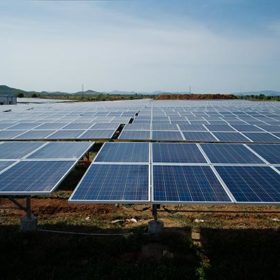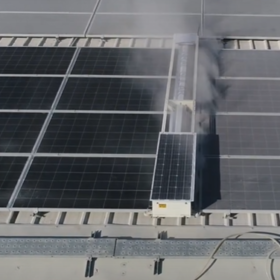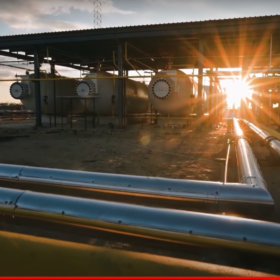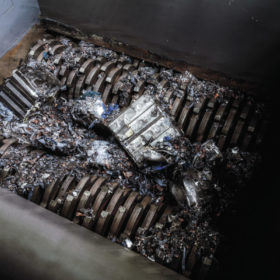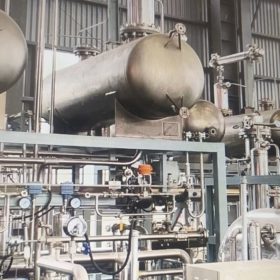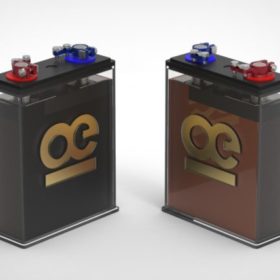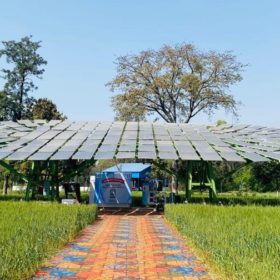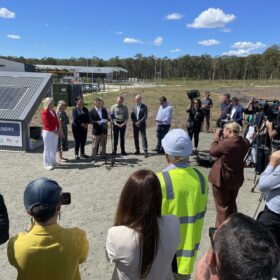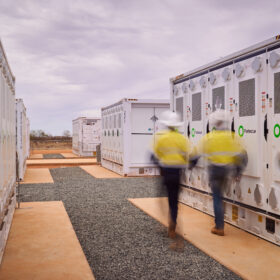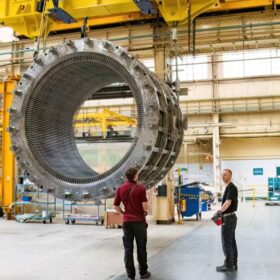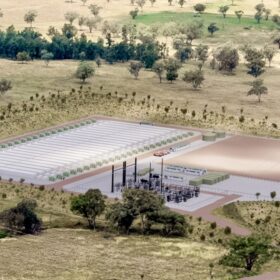Tata Power secures 300 MW solar project from Indian government
Tata Power Solar has secured an engineering, procurement and construction contract for a 300 MW solar project under India’s Central Public Sector Undertaking scheme. The project, awarded by state-owned hydropower producer NHPC, will be located in the Indian state of Rajasthan.
Self-powered, dry-cleaning robot for solar panels
Enray Solutions has developed an autonomous, water-free cleaning robot for ground-mount solar installations that draws its power from an on-board PV panel and battery. The robot is designed to withstand the harsh environmental conditions of all kinds of terrain.
Shell to acquire Indian solar developer for $2.2 billion
Shell has signed an agreement to acquire Solenergi Power, an Actis company that owns 100% of Indian developer Sprng Energy. The transaction, valued at US$1.55 billion (AU$2.2 billion), is expected to close later this year.
Energy Vault signs deal with India for gravity-based energy storage
Switzerland’s Energy Vault will support Indian state-run power producer NTPC by deploying its gravity-based energy storage technology and software solutions.
Green ammonia low-hanging fruit for India’s hydrogen economy
A new report from IEEFA says green ammonia could help India significantly reduce its trillion-rupee fertiliser subsidy bill and cut dependence on liquefied natural gas (LNG) imports for fertiliser production.
India vies to become global lithium battery recycling hub
Nitin Gupta, chief executive officer and co-founder, Attero Recycling, speaks to pv magazine about the supply chain concerns for lithium battery storage manufacturing in India, current battery recycling scenario and Attero’s capacity.
2 GW hydrogen electrolyser factory in development in India
Indian renewable energy developer Greenko Group has partnered with Belgium’s John Cockerill to develop a green hydrogen electrolyser factory with a capacity of 2GW per annum. The partnership will also see the two companies jointly develop large-scale green hydrogen projects in India.
Zinc-based battery tech for stationary applications unveiled by Indian startup
A startup incubated at the Indian Institute of Technology Kanpur has introduced ZincGel battery tech, which could offer significant savings for owners of two-wheel electric vehicles.
World’s largest solar tree record smashed
With a PV panel surface area of 309.83m2, the solar tree is officially certified by Guinness World Records (GWR) as the largest solar tree in the world.
Floating solar-plus-hydroelectric project planned on Indian dam
Renewable energy developers have until April 25 to lodge interest in developing a hybrid facility combining 1.5MW of hydroelectric generation capacity and 100MW of floating solar in the state of Maharashtra.
